Call Us
Send Us A Message
Get a Quote
There is a 100 piece minimum to work with a sales rep.
Screen Printing: 25 pieces minimum
Embroidery: 3 pieces minimum
Water-based Transfers: 1 pieces minimum
Direct-To-Garment: 1 pieces minimum
Patches: 25 pieces minimum
Office: (323) 261-8700
9 AM - 5:30 PM PST
Chat Available 9 AM - 2 AM PST
Back
Your dedicated account rep is here to keep you updated and offer real time suggestions and project navigation every step of the way. Online ordering and live price quotes available here.
This will help us tailor the experience depending on your experience and know how to best support you.
Select one or as many of the services below you are interested in.
If you need help to identify the correct product for the correct demographic at the correct price point, select "I need help searching" and we will ask you a few additional questions to allow us to submit the best options for your project.
We want to make sure your recipients will love and wear the merch you create time and time again. These questions will really help us identify the products that will best fit your audience.
Please make sure that you have reached minimum order quantity for preferred option. MOQ descriptions you can find
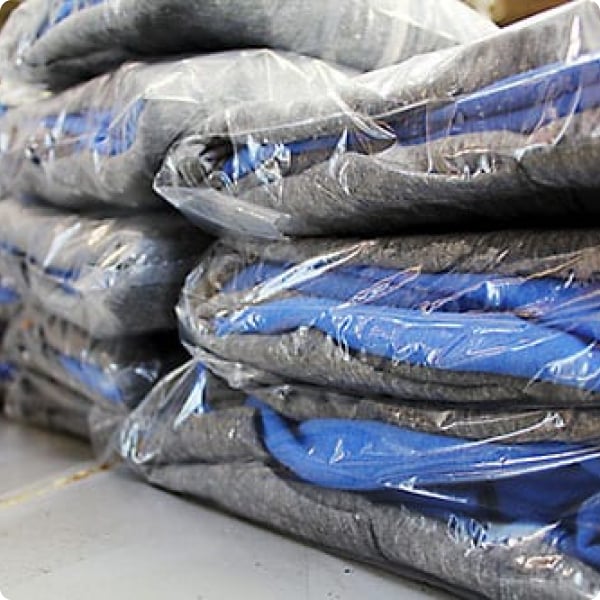
DTLA Print has an in house finishing department in its facility with trained individuals to professionally fold and bag your garments. Bags can be provided with customizable options, however we use a 1 mill flat poly bag which can be air sealed or taped shut.
$0.95/Shirt
+ 2 days
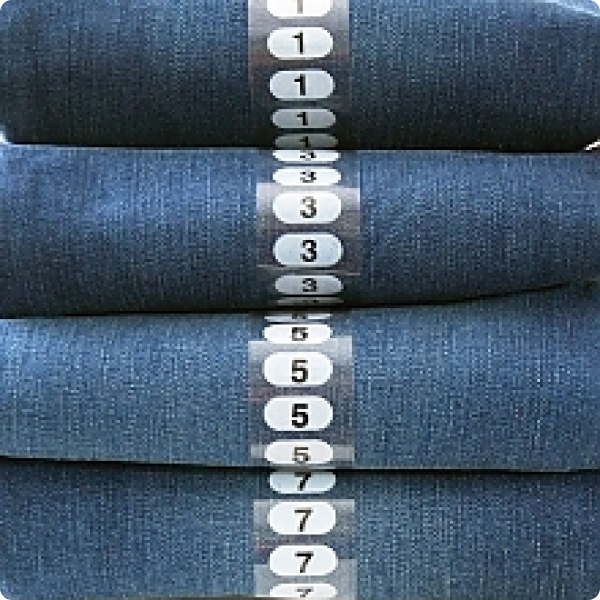
Add a size sticker to the outside of each garment or poly bag to easily identify the size of a garment. Packages do come separated by size how ever many retailers and fulfillment centers do require these stickers.
$0.65/Shirt
+ 2 days
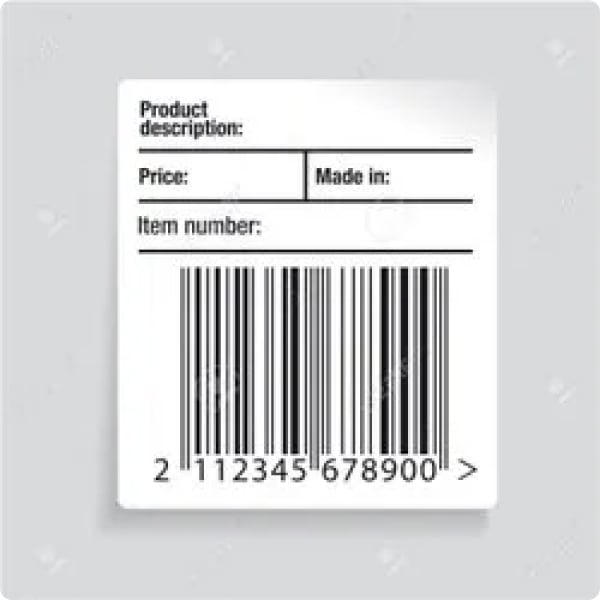
We will print & apply a custom UPC label for any retailer, 3rd party logistics or fulfillment partner you work with.
$0.75/Shirt
+ 2 days
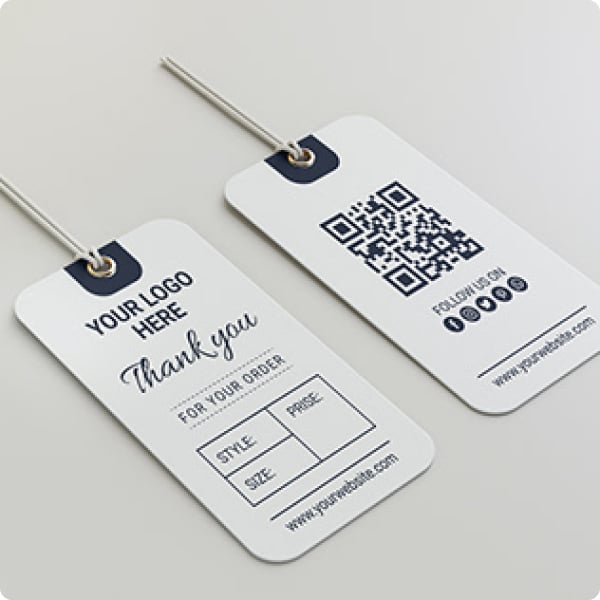
Incorporating price tickets and hang tags securely with a pin, while offering a diverse array of sizes, colors, and finishes, significantly enhances the perceived quality and overall appeal of your garment. Additionally, not only elevate the garment’s perceived value but also provide essential product information, giving your customers a more informed and satisfying shopping experience.
$1.8/Shirt
+ 14 days
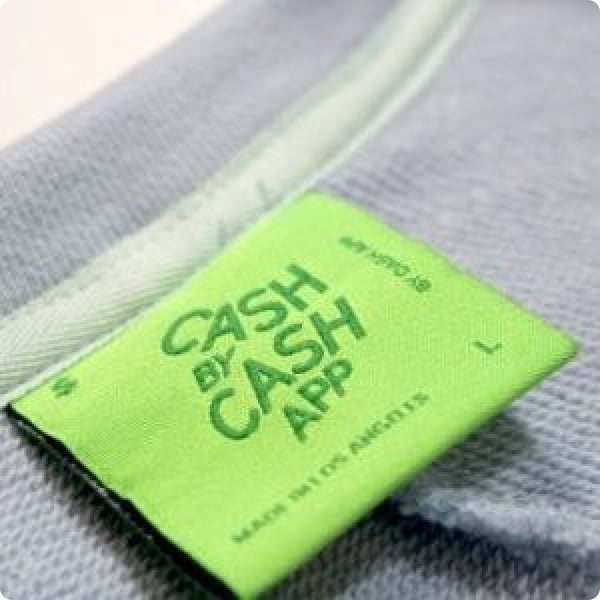
Create a fully custom woven main label. Includes the actual label itself and the sewing of the label. We will reach out to discuss the woven label material choices, shapes, and design. Please note this does add extra business days to the production time.
$2.75/Shirt
+ 14 days
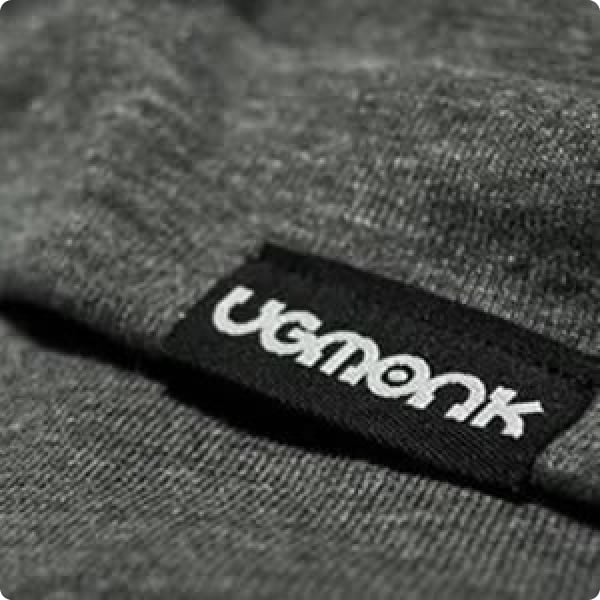
Create a fully custom woven hem label. Similar to the main label, this includes the actual label itself and the sewing of the label. We will reach out to discuss the woven label material choices, shapes, and design. Please note this does add extra business days to the production time. Hem labels go anywhere except the neck label of a garment.
$1.85/Shirt
+ 14 days
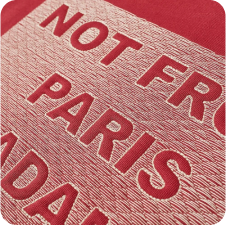
4.5” W but larger can be requested
Not common, but possible
PSD, AI, PDF, EPS, PNG
12
Metallic & 3D Puff
Scaled to size or larger with transparent background
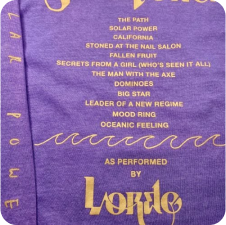
3” - 12” depending on location
15x18” *special request
PSD, AI, PDF, EPS, PNG
8
3M Reflective, Water-based, Plastisol, Puff, Etc...
Scaled to size or larger with transparent background
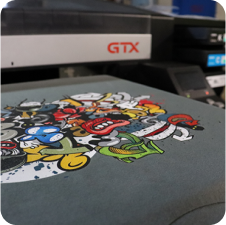
15x18”
PNG preferred, ( also acceptable; PSD, AI, PDF, EPS, JPG )
Unlimited
300 DPI scaled to size or larger with a transparent background
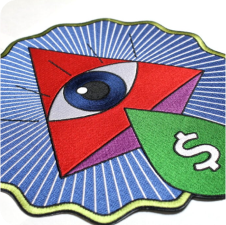
10x13.5”
PNG preferred, ( also acceptable; PSD, AI, PDF, EPS, JPG )
Unlimited
300 DPI scaled to size or larger with a transparent background
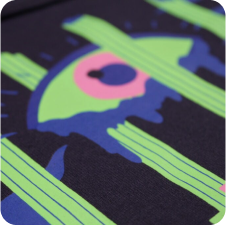
15x18”
PNG preferred, ( also acceptable; PSD, AI, PDF, EPS, JPG )
Unlimited
300 DPI scaled to size or larger with a transparent background
Upload Mockups
Don’t worry! Every order is triple checked even if it does not look perfect in this demo.
Max File Size: 15 MB. For any files larger than 15MB please send via wetransfer.com or dropbox.com and share with sales@dtlaprint.com
Tax exemption is the reduction or removal of a liability to make a compulsory payment that would otherwise be imposed by a ruling power upon persons, property, income, or transactions. Tax-exempt status may provide complete relief from taxes, reduced rates, or tax on only a portion of items. Examples include exemption of charitable organizations from property taxes and income taxes, veterans, and certain cross-border or multi-jurisdictional scenarios.
*Only orders shipped with in California are charged tax unless a a valid CA resale form is provided.
Production time is separate from shipping
If you're in a hurry to receive your order, we offer an expedited service to fast-track the production process. While this option incurs additional charges, it ensures you get your product sooner. However, if time is not a pressing concern, you can stick to our standard production schedule at no extra cost. We believe in providing you with the flexibility to choose the timeline that best suits your needs.
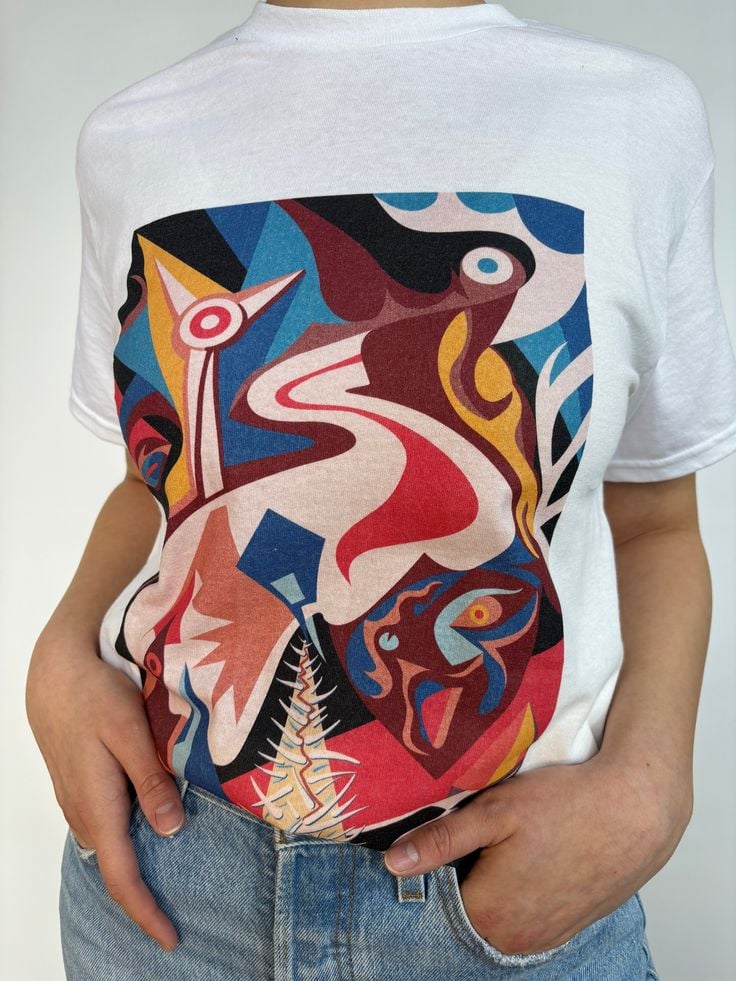
Are you an artist looking to design a t-shirt but unsure whether to choose Direct to Garment (DTG) printing or Screen printing? This detailed comparison will help you understand the differences in quality, cost, and suitability of these two popular printing methods, so you can make an informed decision.
As an artist, deciding to put your artwork on custom t-shirts can be both exciting and overwhelming. One of the biggest challenges is choosing the right printing method. Terms like DTG, screen printing, and sublimation can be confusing, and the lack of comprehensive comparisons can make the decision even harder. In this post, we’ll compare DTG and screen printing, two common methods used by print on demand services, to help you determine the best option for your needs.
Screen printing is a traditional method where ink is pulled through a mesh screen onto the fabric. Each color in the design requires a separate screen, making the process more labor-intensive and expensive, especially for multicolored designs.
Direct to Garment (DTG) printing involves using a specialized printer to apply ink directly onto the fabric, similar to how an inkjet printer works. This method is great for detailed designs and smaller orders.
Screen Printed shirts exhibit bright, vibrant colors and a sturdy print that can endure extensive washing and wear. Even after numerous washes, screen prints retain their color integrity and resist cracking, although some cracking may occur with wear.
DTG prints, while offering detailed designs, tend to be smaller and less vibrant. The ink sits on top of the fabric and can be more susceptible to fading and wear, particularly on darker shirts. However, the quality can vary significantly depending on the print provider.
One significant advantage of screen printing is the ability to use specialty inks, such as glitter, puffy inks, and glow-in-the-dark inks. These can add unique effects to your designs, something DTG printing cannot offer.
Screen printing requires a higher initial investment due to setup costs and minimum order requirements. This makes it less suitable for beginners or those testing new designs. On the other hand, DTG printing is more affordable upfront, with no minimum order quantities, making it a better choice for small runs and startups.
Sublimation printing allows for all-over prints by using chemicals to transfer designs onto polyester garments. While this method can produce vibrant, seamless designs, it is limited to polyester fabrics, which may not be comfortable for everyone and are less environmentally friendly.
The cut and sew process involves printing on rolls of fabric before cutting and sewing them into garments. This method offers the best quality for all-over prints without the issues seen with sublimation, but it is extremely expensive and typically used by high-end streetwear brands.
Choosing between DTG and screen printing depends on your specific needs and resources. Screen printing offers superior durability and vibrant colors but comes with higher costs and minimum order requirements. DTG printing, while less vibrant and durable, is more flexible and affordable for small orders and beginners. By understanding the pros and cons of each method, you can make an informed decision that best suits your artistic and business goals.
In partnership with onetreeplanted.org
In partnership with onetreeplanted.org
Please provide the best contact number for our team to reach out to you on, your account rep will reach out within 24-48 business hours.
A 100 piece minimum is needed for an account rep to handle your order.